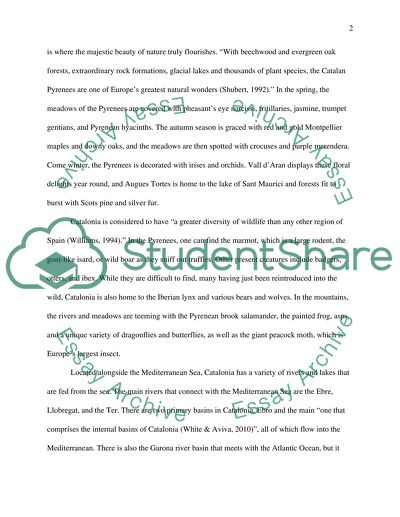Cite this document
(“Catalonia Term Paper Example | Topics and Well Written Essays - 1750 words”, n.d.)
Catalonia Term Paper Example | Topics and Well Written Essays - 1750 words. Retrieved from https://studentshare.org/geography/1462426-catalonia
Catalonia Term Paper Example | Topics and Well Written Essays - 1750 words. Retrieved from https://studentshare.org/geography/1462426-catalonia
(Catalonia Term Paper Example | Topics and Well Written Essays - 1750 Words)
Catalonia Term Paper Example | Topics and Well Written Essays - 1750 Words. https://studentshare.org/geography/1462426-catalonia.
Catalonia Term Paper Example | Topics and Well Written Essays - 1750 Words. https://studentshare.org/geography/1462426-catalonia.
“Catalonia Term Paper Example | Topics and Well Written Essays - 1750 Words”, n.d. https://studentshare.org/geography/1462426-catalonia.


